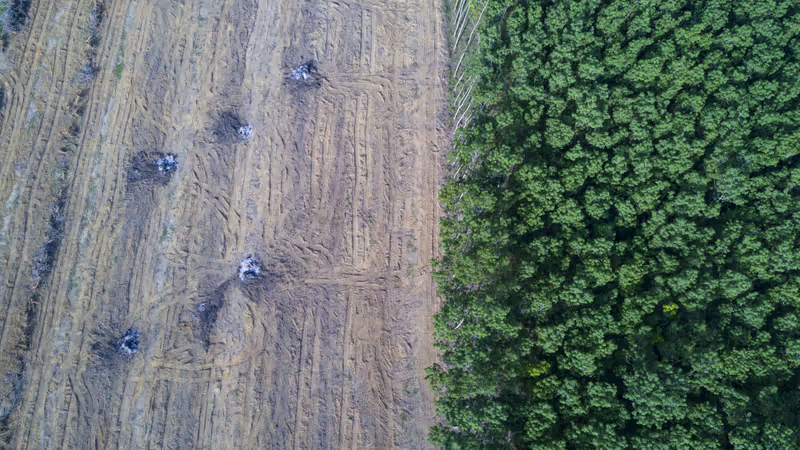| Student: | |
|---|---|
| Timeline: | August 2016 - 31 July 2020 |
I’m working on nature conservation policy requirements and how these requirements can be met using Remote Sensing enabled Essential Biodiversity Variables (RS-enabled EBVs). Most nations have national policies to protect the natural environment and also report to international biodiversity treaties.
As it is virtually impossible to monitor everything regarding biodiversity, policies make use of indicators that signal the state of the natural environment and biodiversity. In situ data is often used to feed into indicators, but remote sensing data (such as satellite imagery) has the potential to be useful for this purpose as well. Essential Biodiversity Variables have been and are being developed by scientists working for GEO-BON (Group on Earth Observations Biodiversity Observation Network). EBVs aim to harmonize monitoring biodiversity on a global scale while providing information for policy- and decision makers.
The challenge is to design with variables that can be used for indicators, are practical and meaningful for policy reporting and make sense to a larger audience.
A common ground between policy requirements and RS-enabled EBVs can be found in the geographical extent and biodiversity facets the indicators address. Designing policy requirements in clear and well defined goals and targets in terms of geographic extent and biodiversity facets and aligning RS-EBVs towards the same geographical extent and biodiversity facets.
I’m looking at policy requirements listed in various policies, with a focus on Dutch and Australian policies and international treaties and I’m working on a few case studies to see how RS-enabled can be used for policy reporting and management in protected areas.




